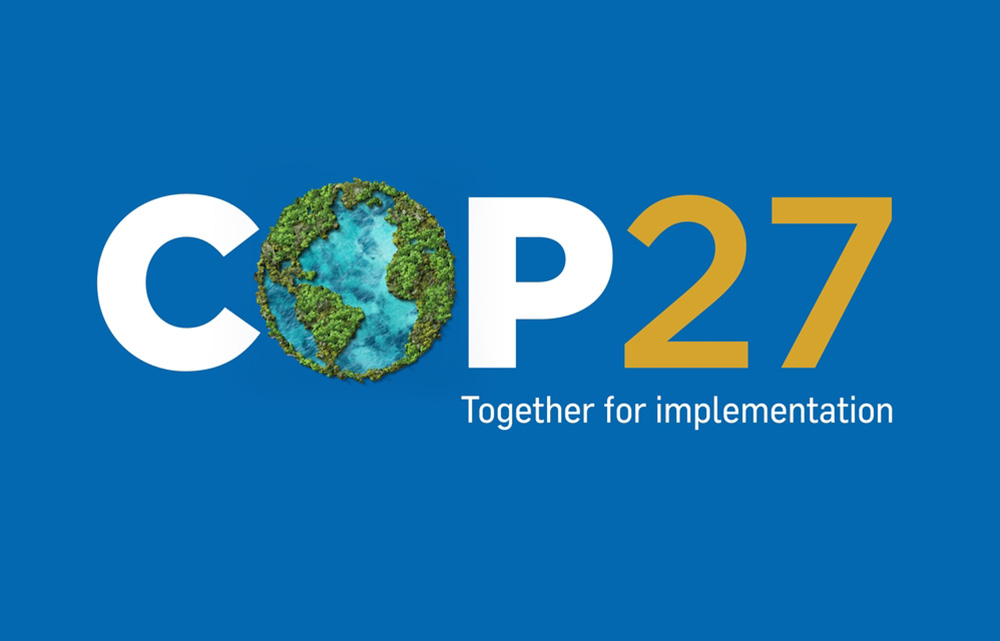Emerging technologies like 5G, AI and IoT expand our capabilities to achieve further reductions and prepare better for climate change-related disaster
A step forward on loss and damage and a recommitment to the 1.5°C limit, were the top takeaways from the United Nations Climate Change Conference (COP27) fortnight that concluded last month. Outcomes also included structural reforms in access to finance and sensitisation towards the depletion of natural green cover with the need to reverse the forest loss.
However, COP27 has the potential to be forever recognised as the inflection point when digitalisation and technology began coalescing with climate change. A five-year work program to promote climate technology solutions in developing countries will focus on creating technology roadmaps, with innovative automation and digitalisation.
The critical role of technology will be in helping us in accelerating the transition and building resilience. Emerging technologies like 5G, AI and IoT expand our capabilities to achieve further reductions and prepare better for climate change-related disaster. Technology can also help with adaptation and enable a reduction of global greenhouse gas emissions. Achieving the technical ability to measure parameters of global climate change in real time, will also be an effective tool for dynamic decision making by country leaders.
In the World Economic Forum’s Exponential Climate Action Roadmap, they outline that digital technologies could already help reduce global carbon emissions by up to 15%. And through the Fourth Industrial Revolution – particularly 5G, the Internet of Things (IoT) and Artificial Intelligence (AI) – the digital sector can take the pace of change to the next level. But the success of this all lies on the success of the global energy transition.
The technology is ready to meet the challenge
Focusing on India, we have rapidly expanded our generation capacity & grid towards achieving 100% electrification. While the technology of the energy system has evolved towards optimal generation, transmission, and consumption of cleaner power, successful decarbonisation remains predicated on the expanded share of renewables in the energy mix.
Larger share of renewables induces concerns of reliability and power quality challenges in the grid, given intermittency of utility scale renewable generation on supply side, and energy intensive applications in city centres such as EVs, metro, and data centres. Also, transfer from remote renewable clusters to urban load centres can be inefficient (such as ATC losses). So, with increased green electrification, the future power frameworks will be more complicated. But the good news is, that to tackle the challenges of tomorrow, we have the technologies today.
High-voltage direct current (HVDC) technology can transmit large amounts of electricity over long distances, while cutting losses in half and ensuring better adoption of clean energy in the energy systems.
Furthermore, automation and digitalisation solutions ensure better and reliable power quality with greater control and protection. Leveraging data technology from the sources, there are solutions to provide actionable insights for the power systems to make the energy system dynamic and flexible to adjust to demand and supply situation in real time, thereby improving performance and efficiencies. As the backbone of the future energy system, the increased use of digitalisation in electricity networks will have to be complemented with active and dynamic cyber-security solutions.
Increased climate incidents have triggered unique innovations – digitalising infrastructure, creating synergies by harnessing the power of data for predictive early-warning analysis, natural disaster monitoring, and post-disaster assessment.
A new digital solution is designed to improve grid resilience against wildfires. Based on wireless technology, a Spark Prevention Units Indicators help utilities to keep important assets available by enabling remote monitoring and improved maintenance and replacement planning. They monitor the load of the surge arrester and automatically disconnect from the network in the event of a thermal overload avoiding the event of a fire.

MD & CEO, India & South Asia, Hitachi Energy
Conclusion
Technology has been a catalyst of change. It can enable us and empower us to achieve more with the resources available at our disposal. In the efforts to mitigate the effects of carbon emissions and climate change because of global warming, technology can help smaller economies that are often constrained by resources in delivering simple solutions to complex problems. Having said that, technology alone cannot make us help reach our net-zero targets, it can help us with the much-needed speed and scale to achieve a carbon-neutral future.



